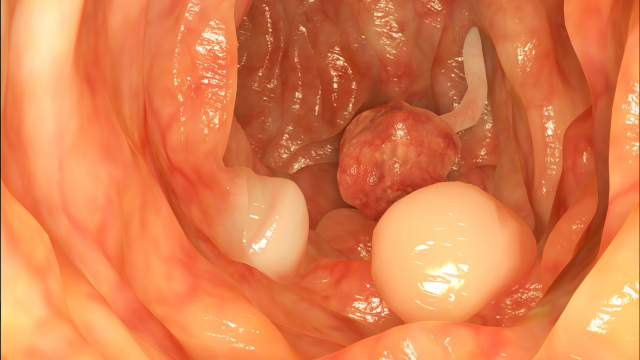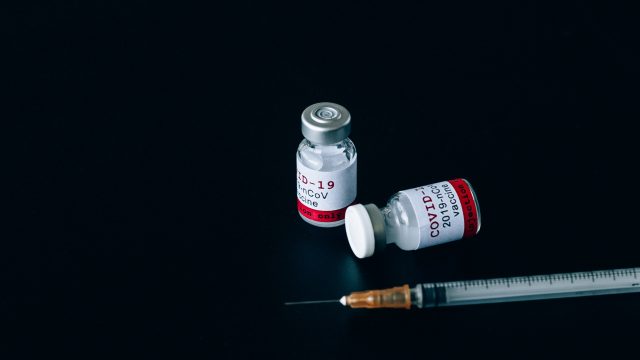Vaginal inflammation and infection can happen to women of all ages but it is most common in women of reproductive years. The vagina normally has certain bacteria and yeast that live in the vagina and are in harmony with the body.
They do not cause any problems. Sometimes the environment of the vagina may change and the balance of the yeast and the bacteria may be disturbed. Under the circumstances, the vagina may get inflamed and/or infected.
Various factors predispose to vaginal infection. They are the use of antibiotics, pregnancy, breastfeeding, menopause, douching, use of spermicides, and sexual intercourse per se. Antibiotics, douching and the use of spermicides change the pH of the body and can cause a change in the normal flora. During pregnancy, breastfeeding, and menopause there is alteration in the hormone levels and therefore the flora may change.
Three types of infection commonly occur in the vagina
Candidiasis
Yeast {fungal} infection is the commonest type of vaginal infection. The most common symptoms are itching and burning in the vulval region. The vulva may be swollen and red. The discharge is typically thick white curd-like odorless and sticks to the skin of the vulva.
Bacterial Vaginosis
This is caused by an overgrowth of bacteria that are normally present in the vagina. Women complain of foul-smelling thin watery vaginal discharge with a characteristic fishy odor.
Trichomoniasis
It is caused by an organism called trichomonas vaginalis. It is sexually transmitted. Women complain of greenish-yellow discharge, local burning, irritation, redness, and swelling.
The diagnosis can be done by examining the discharge under the microscope. The fungus / the trichomonas may be seen in the discharge.
All these infections are treated with local medication and oral tablets. In the case of trichomoniasis, the sexual partner should also be treated.
If you suffer Vaginal Infection Treatment, seek an appointment with Dr. Sangeeta Agrawal.


















